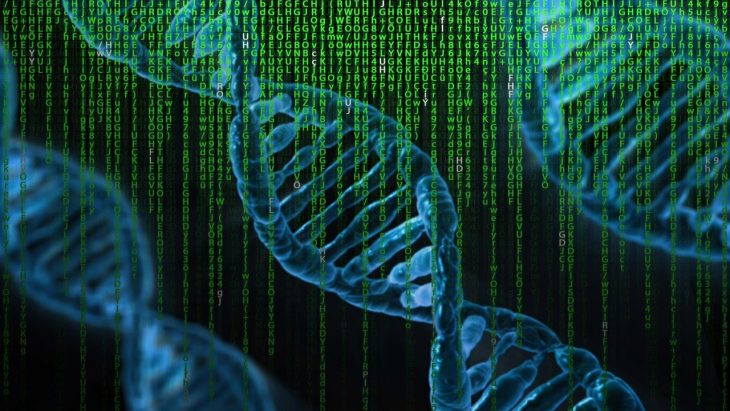Ever since its discovery, the spiral staircase structure of DNA has become iconic in its own right. The handles of the ladder are made of sugar and phosphorus, which twist neatly into the familiar structure known as a double helix. The steps or rungs of the ladder are made of different ring structures called nitrogenous bases. The four bases that make up all of our DNA are adenine (A), guanine (G), cytosine (C), and thymine (T).
Scientists have recently taken interest in studying structures very similar to DNA, called XNAs. XNAs are man-made chemical structures that usually have different types of sugar-phosphate backbones than normal DNA. XNAs can also contain different bases than the four we normally see.
In order to broaden our understanding of what genetic material may look like, scientists at the Georgia Institute of Technology created the proto-Nucleic Acid Builder (pNAB). This program is able to predict possible XNA structures when given some starting information.
Let’s go through the process of how the program works its magic.
First, the program asks the user to input what bases they wish to use. These bases could be A,G,C,T, or any 3D structures that fit in similar spaces. The user may also decide the order of the bases and the number of strands (such as the two in DNA). Next, the user can give the dimensions they want the staircase to have. Once it has the blueprint, the program starts twisting and turning the structure until everything fits together.
If the molecule checks all the boxes, the program then decides if it is stable enough to exist. It does this by determining the energy of the molecule. This means that it goes to each of the bonds and measures the forces acting against them. If the forces working against the bonds are greater than the ones holding them together, the molecule would fall apart. The program generates structures that follow our instructions, while still being comfortable enough to be stable in real life.
Now let’s take a look at what code is doing all of this hard work.
Most of the “back work” done by the program is written in a widely used programming language called C++. This code moves around the atoms, twists the molecule, and calculates the energies of each bond. Next, code written in Python acts as the first “translator” of sorts. It is responsible for understanding what the user inputs, how the output is organized, and manages everything done in the back by C++. Finally, a graphic interface controls the visual output of the model using a molecular modeling tool called NGL Viewer. This tool works in an interactive online platform called Jupyter notebook, which is a way to display and share computer code.
In their paper, the chemists and computer scientists at the Georgia Institute of Technology also demonstrated the accuracy of their program. The scientists chose molecules that have already been measured to act as controls for the experiment. The scientists used DNA, which is double-stranded,and RNA, DNA’s single-stranded cousin. By comparing the results produced by the program to ones we already know, they were able to see that the program was giving them realistic measurements.
Once they saw that the program was capable of generating realistic results, they then tested XNAs scientists have already studied. The scientists changed the sugar in the backbone of the molecule in a variety of ways. While doing so, they watched the changes in measurements given by the program. They were able to confirm that the data produced was consistent with accepted real-life values.
Other than being a way to visualize our own genetic chemistry, the proto-Nucleic Acid Builder serves as a useful tool for astrobiologists in particular. Previously, programs have been very limited in how creative you could be when designing these structures. The freedom provided by the software gives scientists a foundation to work from in understanding our own origins, as well as what life in the cosmos might look like.


